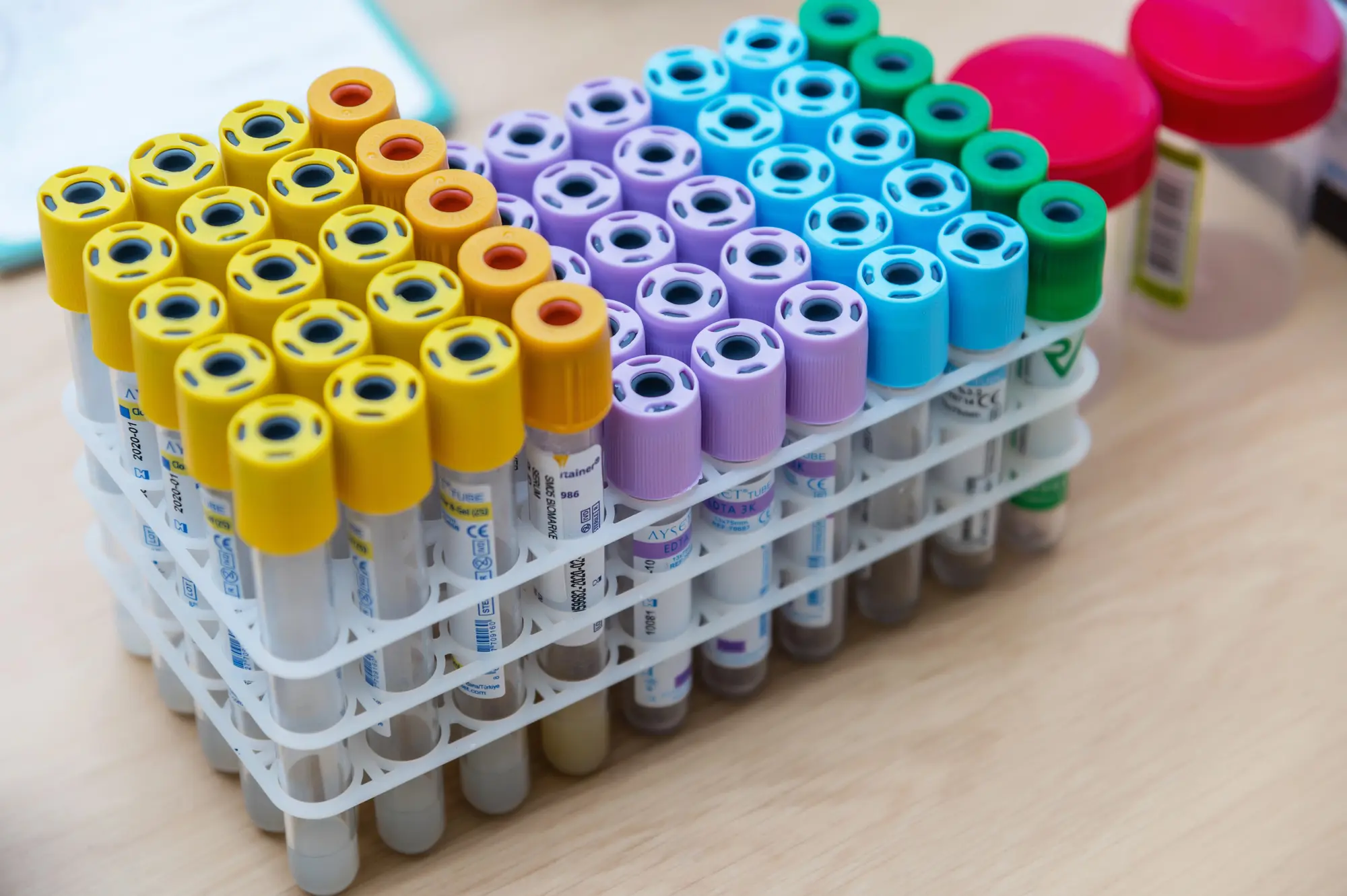
Proper specimen collection, handling, labeling and transport are essential for accurate laboratory results. A laboratory specimen is a biological specimen taken by sampling a patient's tissue, fluid, or other material from the patient used for laboratory analysis. These specimens are used to diagnose a disease or understand the stage a disease may already be in. Common specimen collections include throat swabs, sputum, urine, blood, surgical drain fluids, and tissue biopsies.
Accurately identifying patients and correctly labeling specimens are critical to ensure patient safety. If a specimen in not accurately identified, it can lead to delayed or wrong diagnoses, missed or incorrect treatments, blood transfusion errors, and more. Inaccurate results can also lead to additional laboratory testing.
Though required information may vary between laboratories, the following information must be on all specimen labels:
Specimens need to be properly labeled at the time of collection by using patient identification before administering the patient’s test, and also when applying the label to the specimen. Patients must be present when the medication container is being labeled to ensure it is the correct patient and correct test. To comply with Joint Commission National Patient Safety Goals, your specimen must always be labeled with at least two patient identifiers; for example patient’s name (full), date of birth, medical record number, or sample source.
It is very important to confirm that specimens are properly labeled and easy to read. All specimens need to have a quality label affixed to them, with all corresponding patient information. Always check that the label has the correct patient name & information, contents, and specimen source. It is recommended to avoid handwritten labels. Handwritten labels can cause misinterpretation and can impact patient safety very negatively. Always conduct training for your staff and periodic audits to ensure that all specimens are labeled correctly.
As mentioned earlier, handwritten specimen labels can cause misinterpretation among your staff and negatively affect patient safety. It is highly recommended to implement a barcode ID system. Barcode ID systems will ensure proper identification of patients and specimens in your lab. Once a system is in place, it is important to implement quality management protocols to ensure staff consistently follows the processes for scanning patient and specimen barcodes.
At Nev's Ink, we carry high-quality labels for your hospital or research lab. Our labels are compatible with various printers such as Dymo®, Zebra®, laser printers and more. We also carry sterile, alcohol-resistant, System Labels (LIS Labels), and dissolvable labels.
Our pre-made labels will ship within 24 hours and custom labels / orders made specifically for you will ship within 6 days. Nev’s Ink operates at a low cost and we are proud to pass those savings on to you. For more information on labels for your laboratory, visit our website or give us a call at 1-800-638-7465.